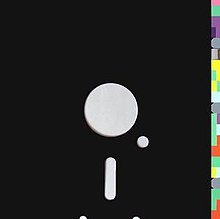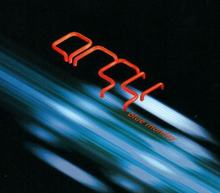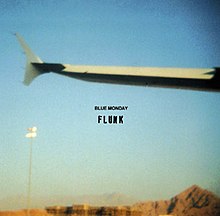Blue Monday (New Order song)
| Professional ratings |
| Review scores |
| Source |
Rating |
|
AllMusic (Blue Monday (single))
|
     |
|
AllMusic (Blue Monday / Stitches)
|
     |
"Blue Monday" is a song by the English rock/dance band New Order. It was released as a 12-inch single on 7 March 1983 through Factory Records and later remade by the band in 1988 and 1995. The song has been widely remixed and covered since its original release, and became a popular anthem in the dance club scene. It is the best-selling 12" single of all time. The song has been widely acclaimed and according to Acclaimed Music, the song is the 33rd most acclaimed song of all time.
The song begins with a distinctive semiquaver kick drum intro, programmed on an Oberheim DMX drum machine.Gillian Gilbert eventually fades in a sequencer melody. According to band interviews in NewOrderStory, she did so at the wrong time, so the melody is out of sync with the beat; however, the band considered it to be a happy accident that contributed to the track's charm. The verse section features the song's signature throbbing synth bass line, played by a Moog Source, overlaid with Peter Hook's bass guitar leads. The synth bass line was sequenced on a Powertran Sequencer home built by Bernard.Bernard Sumner delivers the lyrics in a deadpan manner. "Blue Monday" is an atypical hit song in that it does not feature a standard verse-chorus structure. After a lengthy introduction, the first and second verses are contiguous and are separated from the third verse only by a brief series of sound effects. A short breakdown section follows the third verse, which leads to an extended outro.
"Blue Monday" was described by the BBC Radio 2 "Sold on Song" feature thus: "The track is widely regarded as a crucial link between Seventies disco and the dance/house boom that took off at the end of the Eighties."Synthpop had been a major force in British popular music for several years, but "Blue Monday", with encouragement by the band's manager Rob Gretton, was a dance record that also exhibited influences from the New York club scene, particularly the work of producers like Arthur Baker (who collaborated on New Order's follow-up single "Confusion").
...
Wikipedia



